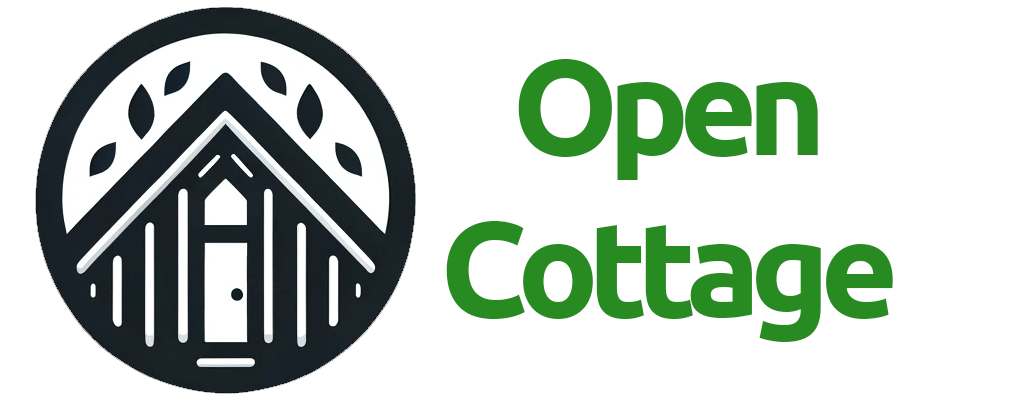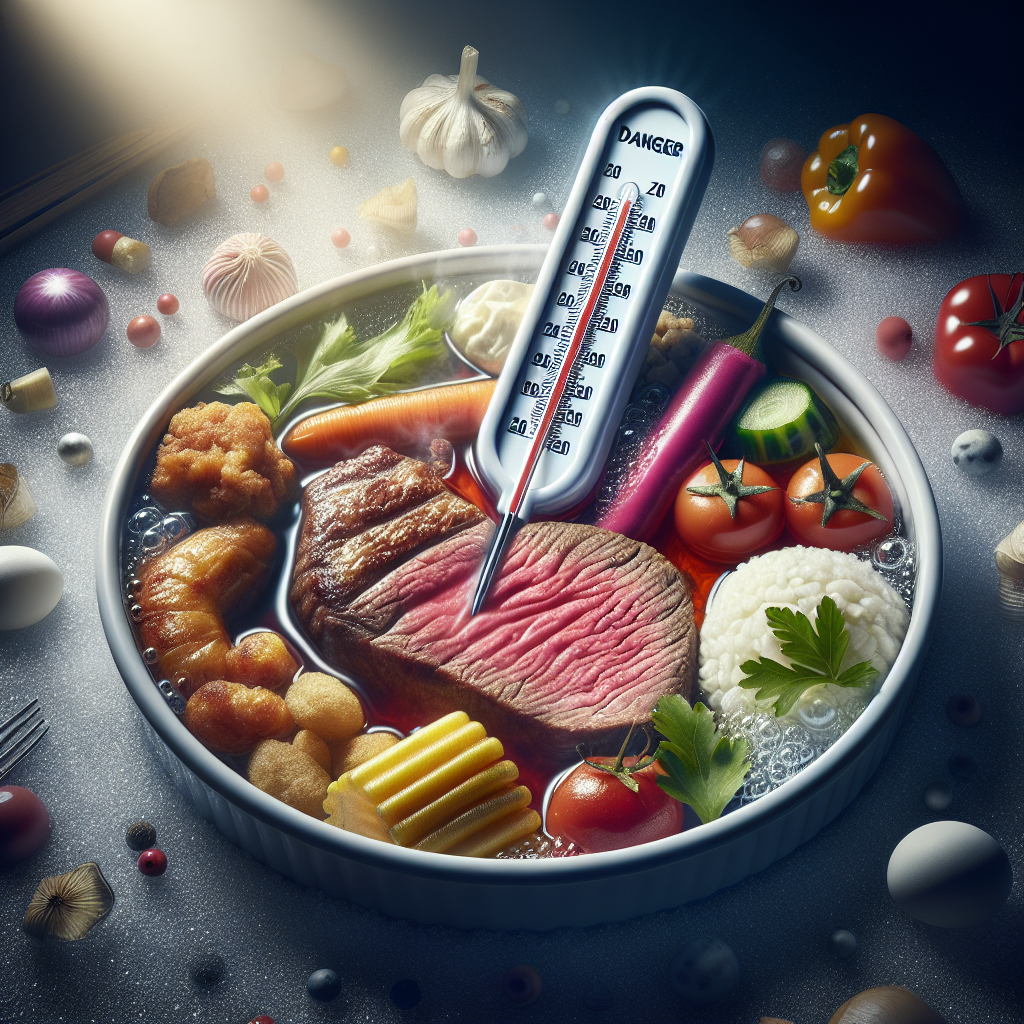The food temperature danger zone is typically defined as between 40°F and 140°F (4°C and 60°C). Within this temperature range, bacteria can double in number every 20 minutes, rapidly increasing the risk of foodborne illness. Foods should not be left in this danger zone for more than two hours, or one hour if the temperature is above 90°F (32°C).
So, what can you do to prevent food from entering the danger zone? Here are some tips to keep in mind:
1. Keep hot foods hot and cold foods cold: Hot foods should be kept at temperatures above 140°F (60°C), while cold foods should be kept below 40°F (4°C). Use a thermometer to check the temperature of your food to ensure it stays out of the danger zone.
2. Use a food thermometer: When cooking meat, poultry, seafood, and other perishable foods, use a food thermometer to make sure they are cooked to the proper internal temperature. This will help kill any harmful bacteria that may be present.
3. Avoid keeping food at room temperature for extended periods: If you’re serving food at a buffet or potluck, make sure to keep hot foods hot and cold foods cold. Use warming trays or ice baths to maintain the proper temperature.
4. Refrigerate leftovers promptly: Leftover food should be refrigerated within two hours of being cooked. Divide large portions into smaller containers to help them cool faster.
5. Be cautious with reheating: When reheating leftovers, make sure they are heated to at least 165°F (74°C) to kill any bacteria that may have formed during storage.
By understanding and following these guidelines, you can reduce the risk of foodborne illnesses and keep your meals safe to eat. Remember that food safety is crucial for your health and the health of your loved ones, so always take the necessary precautions to prevent food from entering the danger zone.

